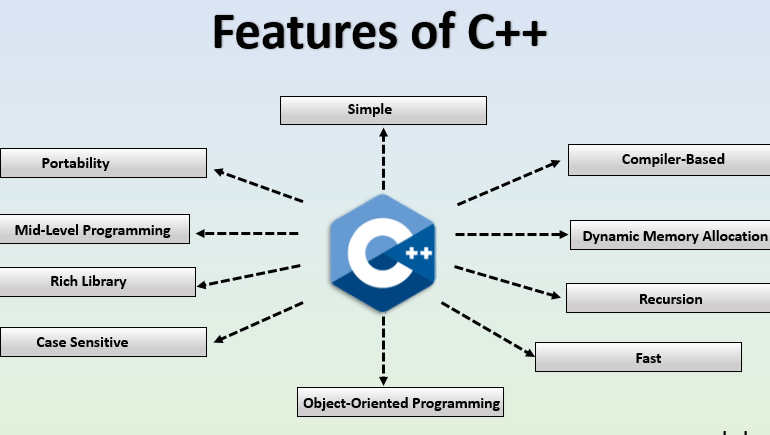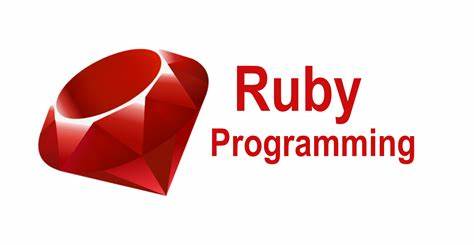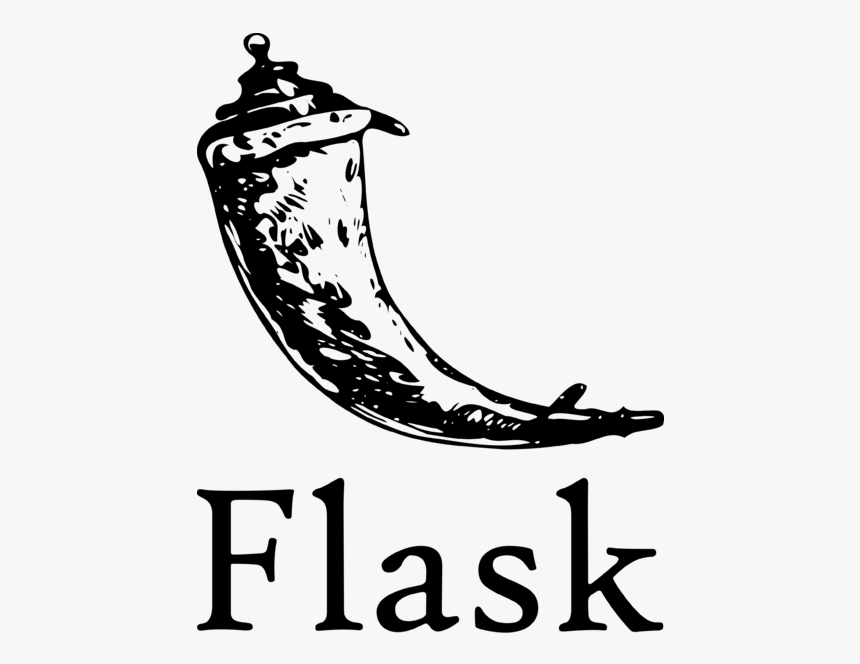Table of Contents

Introduction
C programming languages is one of the world’s most widely used and versatile programming languages, powering a huge range of applications and systems. C is an essential tool for software developers everywhere, from operating systems and embedded devices to modern desktop and mobile applications. In this article, we’ll take a comprehensive look at C and its capabilities and explore how this powerful language can be used.
Understanding the Basics of C
C programming language is a procedural language, which means that it uses a sequence of instructions to control the flow of execution. It is known for its low-level capabilities, making it ideal for system programming and operating system development. C also has a simple and straightforward syntax, making it easy to learn and use, even for those who are new to programming.
The Advantages of C: C is a highly efficient and flexible language, making it ideal for a wide range of applications. It has been around for over four decades, and has been constantly evolving and improving to meet the needs of the modern programming world. Its low-level capabilities, combined with its simple and straightforward syntax, make it an ideal choice for a variety of tasks, from system programming to game development.
What is C?
C is a procedural programming language that uses a sequence of instructions to control the flow of execution. It is known for its low-level capabilities, making it ideal for system programming and operating system development. C is also simple and straightforward, making it easy to learn and use, even for those who are new to programming.
Why Learn C PROGRAMMING LANGUAGE?
C is a versatile and efficient language that is widely used in a range of applications and systems. By learning C, you’ll gain a strong foundation in programming concepts and the ability to write efficient and optimized code. Additionally, understanding C is an important step in the process of mastering more advanced programming languages and computer science concepts.
The Structure of a C PROGRAMMING LANGUAGE
A C program is comprised of functions and statements, which are used to carry out specific tasks. A function is a block of code that performs a specific task, and statements are individual lines of code that carry out specific actions. In C, the main function is the starting point of any program, and it is executed first.
Data Types and Variables
C has a rich set of data types, which make it easy to work with different types of data in your code. Data types can be used to store numbers, characters, and other types of data, and variables can be used to store values in your program. Understanding the different data types and how to use variables is an important step in learning C.
Operators and Expressions
In C, operators are used to manipulate data and perform operations. There are a number of different types of operators in C, including arithmetic operators, relational operators, and logical operators. Expressions are used to evaluate values and are made up of operators and operands. Understanding how to use operators and expressions is a key part of learning C.
Control Structures
- Control structures are used to control the flow of execution in a C program. There are several types of control structures in C, including conditional statements, loops, and jump statements. Understanding how to use control structures is an important part of writing efficient and optimized code in C.
Functions
Functions are a key part of C, and are used to perform specific tasks in your code. Functions can accept parameters and return values, and can be used to create reusable blocks of code. Understanding how to use functions is an important step in writing efficient and optimized code in C.
Arrays and Pointers
Arrays are used to store collections of data, and pointers are used to manipulate memory addresses in C. Understanding how to use arrays and pointers is a more advanced topic in C but is essential for writing efficient and optimized code.
Key Features of C Programming Language

C has a number of key features that set it apart from other programming languages. It is highly portable, meaning that code written in C can be easily adapted and run on different platforms and operating systems. C also has a rich set of libraries and APIs, which allow developers to easily access a range of system and application functionality. Additionally, C has strong support for data types, which makes it easy to work with different types of data in your code.
In this article, we will explore some of the key features of C that make it such a powerful and versatile language.
Syntax and Data Types
C has a simple, concise syntax that makes it easy to learn and use. Variables in C can be declared with a specific data type, such as int, float, or char, which determines how the variable will be used and stored in memory. C also supports arrays, which are collections of variables of the same data type, and structures, which are user-defined data types that can contain multiple variables of different types.
Control Structures
C provides several control structures that allow for fine-grained control over the flow of execution in a program. These include conditional statements (if-else), loops (for, while, and do-while), and the switch statement, which allows for efficient execution of multiple branches based on the value of a particular expression.
Functions
Functions are a fundamental aspect of C programming language, allowing for modular and reusable code. Functions can accept parameters, perform a specific task, and return a value. C also supports recursion, which allows a function to call itself in order to solve a complex problem.
Pointers
Pointers are one of the most powerful and unique features of C. Pointers allow for direct access to memory locations, allowing for efficient manipulation of data. Pointers are used for a wide range of tasks, including dynamic memory allocation and memory-mapped I/O.
File Input/Output
C programming language provides functions for reading and writing to files, making it easy to work with data stored on disk. The standard library provides functions for opening, reading, and writing files, as well as manipulating the contents of the file system.
Standard Library
The C standard library provides a collection of functions and data structures that can be used to perform common tasks. This library includes functions for string manipulation, mathematical operations, and input/output, as well as macros and type definitions that simplify programming in C.
Advanced Topics in C Programming Languages
For those who are already familiar with C, there are a number of advanced topics to explore. These include code optimization, memory management, and multithreading. By mastering these advanced concepts, developers can write highly efficient and optimized code, taking full advantage of the power of C.
Pointers and Memory Management
Pointers are one of the most powerful and useful features of C, allowing for fine-grained control over memory allocation and management. Pointers allow for dynamic memory allocation, and are essential for creating complex data structures like linked lists, trees, and graphs. Understanding pointers and memory management is key to mastering C and unlocking its full potential.
Dynamic Memory Allocation
Dynamic memory allocation is a crucial aspect of C programming, and is essential for building complex software systems. C provides several functions for allocating and freeing memory dynamically, such as malloc() and free(). Dynamic memory allocation allows programs to allocate memory at runtime, rather than having to rely on static, fixed-size arrays. This is particularly useful for working with large amounts of data or building complex data structures.
Data Structures and Algorithms
C programming language is a great language for building complex data structures and algorithms, and many of the data structures and algorithms used in modern software systems are built using C. For example, C is used for implementing various sorting algorithms, searching algorithms, and graph algorithms. Understanding data structures and algorithms in C is essential for building high-performance and efficient software.
C Programming Languages and the Future of Programming
C remains one of the most widely used and versatile programming languages in the world. Despite its age, it continues to evolve and improve, making it an essential tool for software developers everywhere. Whether you’re a beginner or an experienced programmer, C is a language that is definitely worth exploring.
Conclusion
C is a powerful and versatile programming language that has been used for decades to create important systems and applications. Its simple syntax, flexible data types, and rich standard library make it a great choice for both new and experienced programmers. Whether you’re looking to build a desktop application, a system-level component, or something in between, the C programming language has the tools you need to get the job done.


